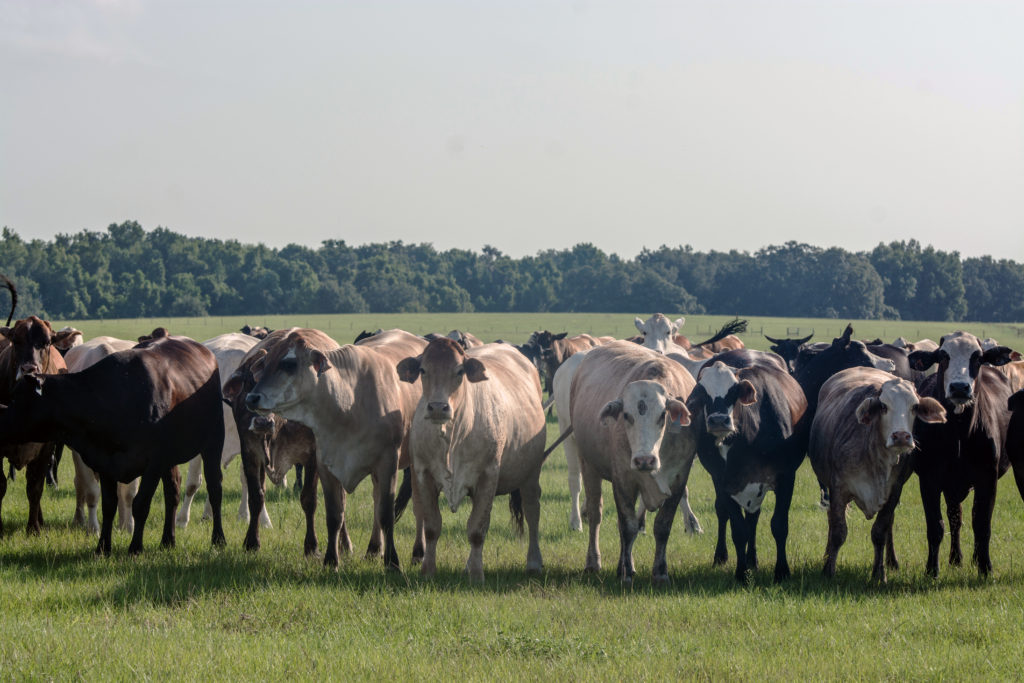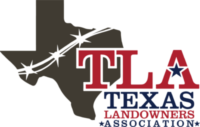
Group of commercial Brahman-influenced cows iooking toward the camera in a southern pasture during the summer
Rangeland Management Practices You Can Do This Winter in Texas
By: Dr. Megan Clayton – Extension Range Specialist, Corpus Christi
Even though the plants may be dormant, our management practices do not have to be. Below are some winter practices to consider for land and livestock improvement.
Brush Management
There are two individual plant treatment methods that can be done when the weather is not sweltering: 1) cut stump treatment and 2) stem spray method. Both of these methods involve a mixture of triclopyr and diesel applied to either the freshly cut stump or stem of brush species1,2.
Fecal and Forage Sampling
Send off a fecal sample of your cattle herd to monitor diet quality and see if you need to adjust your supplemental feeding program (cnrit.tamu.edu/ganlab).
Alternatively, if purchasing hay, conduct a forage analysis (soiltesting.tamu.edu).
Measure Your Forage
Measure your forage available for livestock3. Both pre-winter and post-winter assessments of your vegetation can help you determine the number of livestock you can feed. For example, checking your forage at the beginning of the winter will indicate the amount of grass you have for the winter and determine if adjustments in your stocking rate need to be made OR if you can expect to need hay.
Identify Problem Weeds Early
Identify areas where you experienced weed issues this year and/or where there is bare ground or you fed hay. Learn to identify the problem plant in its early stages of growth so treatment can be done early in the season, when the control will be higher and require less chemical. Check out Texas A&M’s Plant ID Page to get started.
Plan Future Management
Be sure to evaluate the pastures you intend to burn, especially if you plan to conduct a prescribed burn in late-winter4. Do you have enough fuel to create the kind of fire you want this year? This is also a good time to plan any chemical treatments you would like to do in the spring/summer or manage livestock pasture rotations to benefit wildlife habitat5.
Install Fire Breaks
Winter is an excellent time to maintain or install fire breaks for prescribed burning4. Fire breaks can also be used to protect pastures, barns, and equipment from wildfires that may spread quickly during dry seasons. Learn how to protect your land and property at Texas Agrilife’s Fire & Wildfire Page.
Mend or Plan Fencing
Do you have forage in pastures that has not been utilized well6? Use this cooler time to mend or plan fencing to maximize rotational grazing opportunities in the spring.
Calibrate Sprayers
Save both time and money by accurately calibrating your spray equipment. Be ready for next spring by visiting South Texas Rangeland Publications and click on ‘Sprayer Calibration Guide’ to download instructions.
Watch for Winter Plant Toxicities
We are used to hearing about plant toxicities, such as nitrate accumulation, in some plant species after fertilization or drought, but did you know these plants can also build up cyanide after the first frost? Be careful not to turn hungry cattle into a pasture with johnsongrass (or other sorghums) during this frost condition due to the potential of toxic build up in the plant.
Learn Something New!
Even during unfavorable weather, you could watch an educational webinar from your own computer! The Texas Range Webinar Series (naturalresourcewebinars.tamu.edu) has an hour long webinar every first Thursday of the month at noon OR you can watch them archived all winter long! Watch for free or pay $10 to get a Pesticide Applicator CEU (on qualifying webinars).
Resources
For supporting resources, go to the Texas A&M Agrilife Bookstore and search for these publications:
- 1 EL-5421 Brush Busters: How to Avoid Lumps When Treating Cut Stumps
- 2 EL-5144 Brush Busters: How to Beat Mesquite
- 3 EB-1646 How Much Forage Do You Have?
- 4 E-460 Planning a Prescribed Burn
- 5 E-299 Using Livestock to Manage Wildlife Habitat
- 6 E-172 Rangeland Risk Management for Texans: Patch Grazing and Sustainable Rangeland Production
